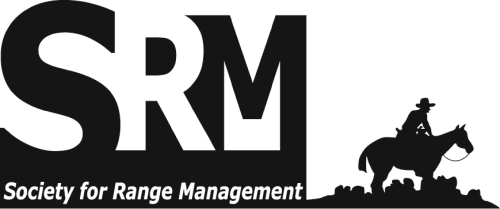Brush management for improving wildlife habitat in South Texas is important because of the economic value of wildlife. We determined vegetation responses to (1) roller chopping of guajillo (Acacia berlandieri Benth.)-blackbrush acacia (A. rigidula Benth.)-dominated rangeland and (2) heavy discing of whitebrush (Aloysia lycioides Cham.)-dominated rangeland to improve white-tailed deer (Odocoileus virginianus Raf.) habitat. Canopy cover of vegetation was estimated seasonally during August 1988 to April 1990. Both treatments reduced brush canopy cover, but herbaceous response depended on rainfall. Mean herbaceous cover was 65 and 136% higher on roller chopped sites than on untreated sites when averaged across all sampling dates. Heavy discing reduced relative canopy cover of whitebrush but increased cover of spiny hackberry (Celtis pallida Torr.), an important browse species. Forb species richness was higher on roller chopped and disced sites than on untreated sites, but species diversity was similar. Because herbaceous response to brush removal may depend on rainfall, other factors such n effects on browse availability and nutritional quality may need to be considered when planning brush management strategies to improve white-tailed deer habitat. This material was digitized as part of a cooperative project between the Society for Range Management and the University of Arizona Libraries. The Journal of Range Management archives are made available by the Society for Range Management and the University of Arizona Libraries. Contact lbry-journals@email.arizona.edu for further information. Migrated from OJS platform August 2020

Scholarly peer-reviewed articles published by the Society for Range Management. Access articles on a rolling-window basis from vol. 1, 1948 up to 5 years from the current year. Formerly Journal of Range Management (JRM). More recent content is available by subscription from SRM.